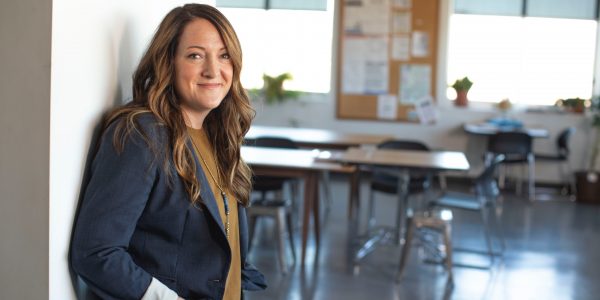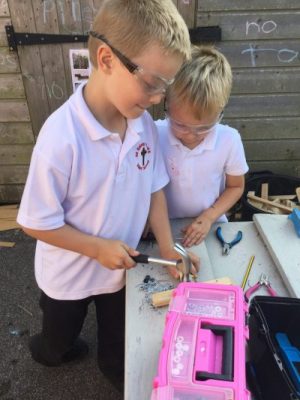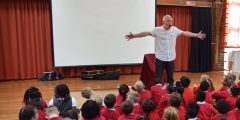What are the signature pedagogies of teacher education?
August 13, 2021
At a time when teacher education is under the spotlight, Rupert Knight revisits Lee Shulman’s idea of signature pedagogies as a way of developing shared, ambitious principles for the education of beginning teachers. Learning to teach in England In the last year, the process of learning to teach has come under renewed scrutiny in England. …
Spatial thinking: the missing piece in mathematics education?
July 1, 2021
In this blog post Catherine Gripton explores the potential of spatial thinking for supporting children’s success in mathematics, starting from the early years of primary school. Spatial thinking improves mathematics learning International rankings for education, such as TIMMS and PISA, compare countries by the performance of children and young people on mathematics tests. These are …
Children reading in lockdown
June 21, 2021
In 2020, the National Literacy’s Trust’s (NLT) research revealed how UK children’s reading practices (age 8-18) changed during the first lockdown (from March 2020). Prior to the lockdown, the Trust’s Annual Literacy Survey had sadly revealed a 15-year low in children’s enjoyment of reading. However, the 2020 survey showed that children read and enjoyed reading …
Using visual models to solve problems and explore relationships in Mathematics: beyond concrete, pictorial, abstract – Part 1
March 18, 2021
This two-part blog series by Marc North explores some thinking and strategies for using representations in Mathematics lessons. Part 1 unpicks some of the key theoretical ideas around the use of representations and models and foregrounds how representations can be used to both solve problems and explore mathematical relationships. Part 2 will illustrate these theoretical …
Planning for possibilities
February 17, 2021
In this post, Catherine Gripton considers planning and how ‘planning for possibilities’ might support beginning and early career teachers to plan more holistically for learning. Learning to plan One of the first challenges for beginning teachers on an initial teacher education course is learning to plan. Many beginning and early career teachers will be grappling …
Foundation for What? Issues in EYFS continuity and an integrated pedagogy for KS1
January 14, 2021
In this post, Philip Hood and Joanna Redfern reflect on a journey towards continuity between EYFS and KS1 across two linked C of E Infant schools and offer a model for an integrated pedagogical response. The problem of continuity This ‘learning journey’ spans several years. It was first reported on in a journal article (Hood …
Classroom practice in 2020: adaptation and opportunity?
October 22, 2020
In this post, Rupert Knight reflects on some of the changes to Primary classroom practice emerging this school year. Taking stock at the halfway point of this very unusual term, what are the questions that might arise as the school year proceeds? Not the usual start to a school year… When children and teachers returned …
Storytelling in the classroom: the teacher’s role
September 21, 2020
In this month’s post, Mike Payton builds on our previous blogs on oracy and children’s literature by considering the power of storytelling as a fundamental skill in the primary classroom Teachers (and PGCE tutors) quickly learn that with changes of government, or education secretary, will come changes to the curriculum, from slight tinkering to radical …
Staying centred: what are a teacher’s core practices?
May 22, 2020
In this post, Rupert Knight considers the idea of core practices for teachers and how they might help us understand the essence of a teacher’s role, particularly at a time of extraordinary change. What do we mean by a ‘core’ for teachers? Closely following the Early Career Framework for teachers and using much of the …
Tuning in to expert teachers: seeing beneath the surface of classroom practice
November 13, 2019
In this post, Rupert Knight considers what we mean by teacher expertise and how we might get better at looking for this in action. Speaking in an October 2019 article in the TES about the current upsurge of interest in evidence-informed practice, Mel Ainscow advised caution in the use of evidence by teachers, arguing that: …










